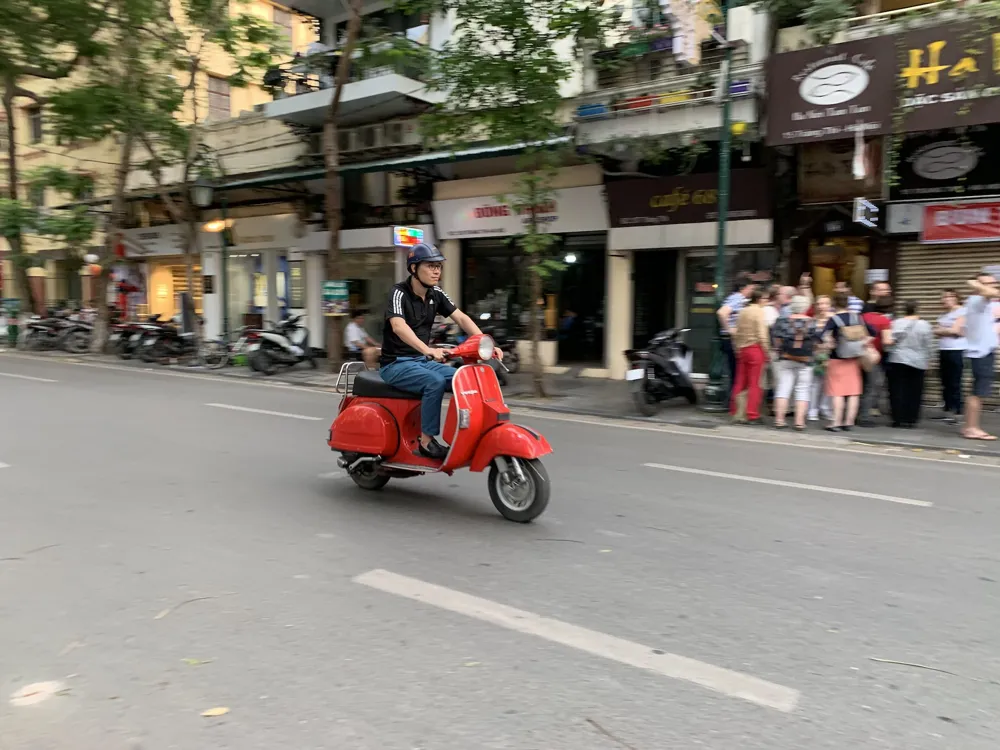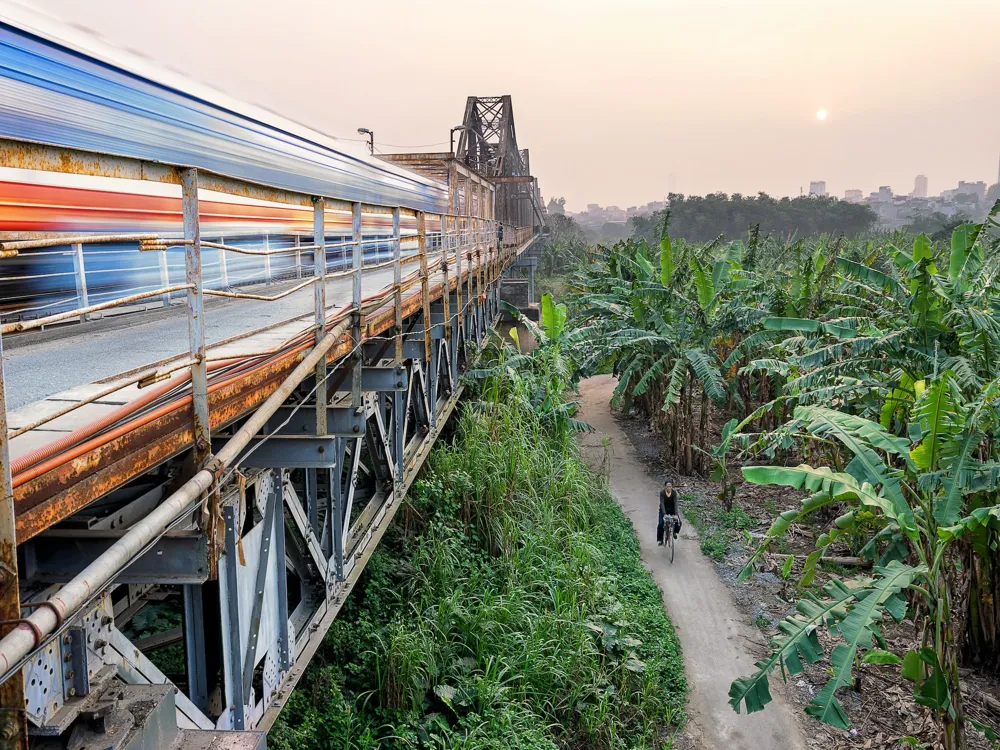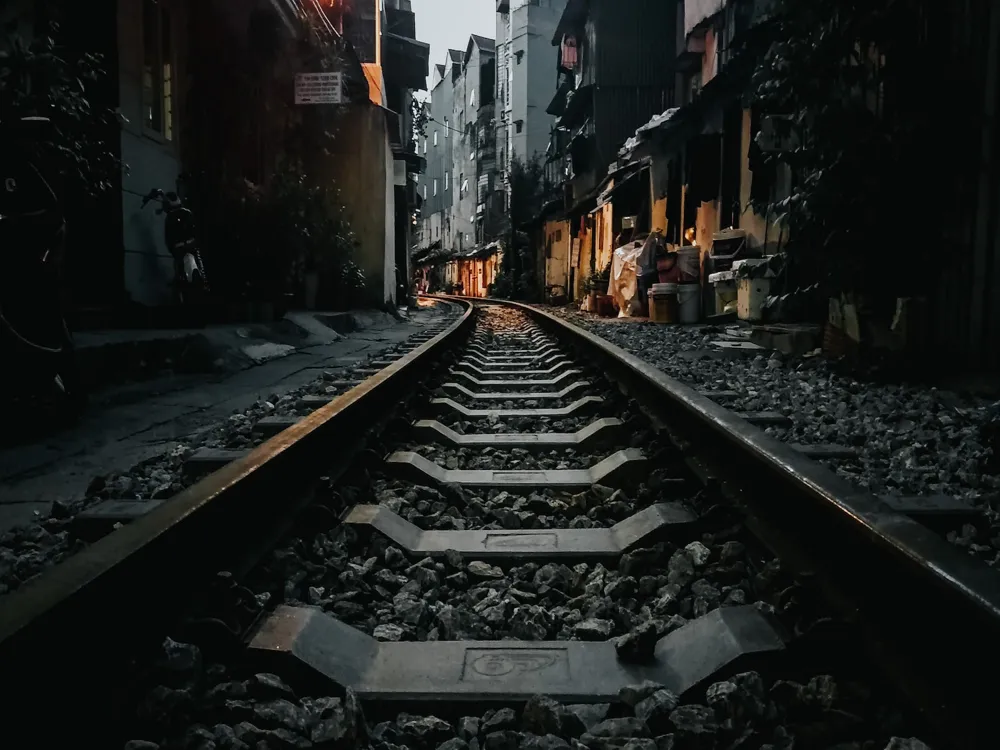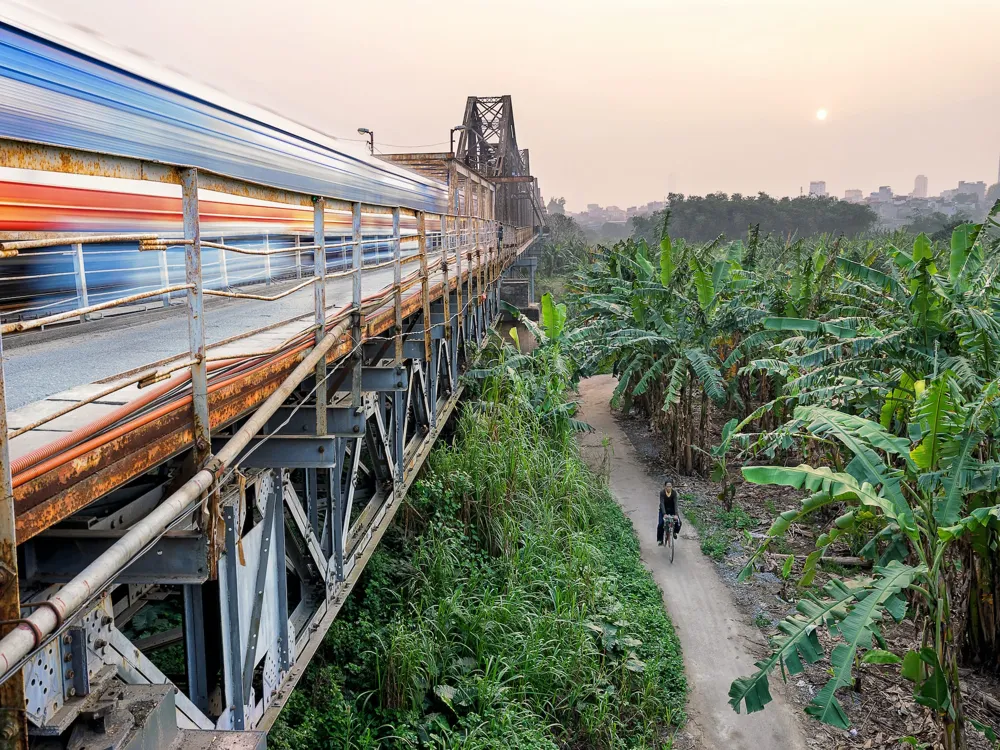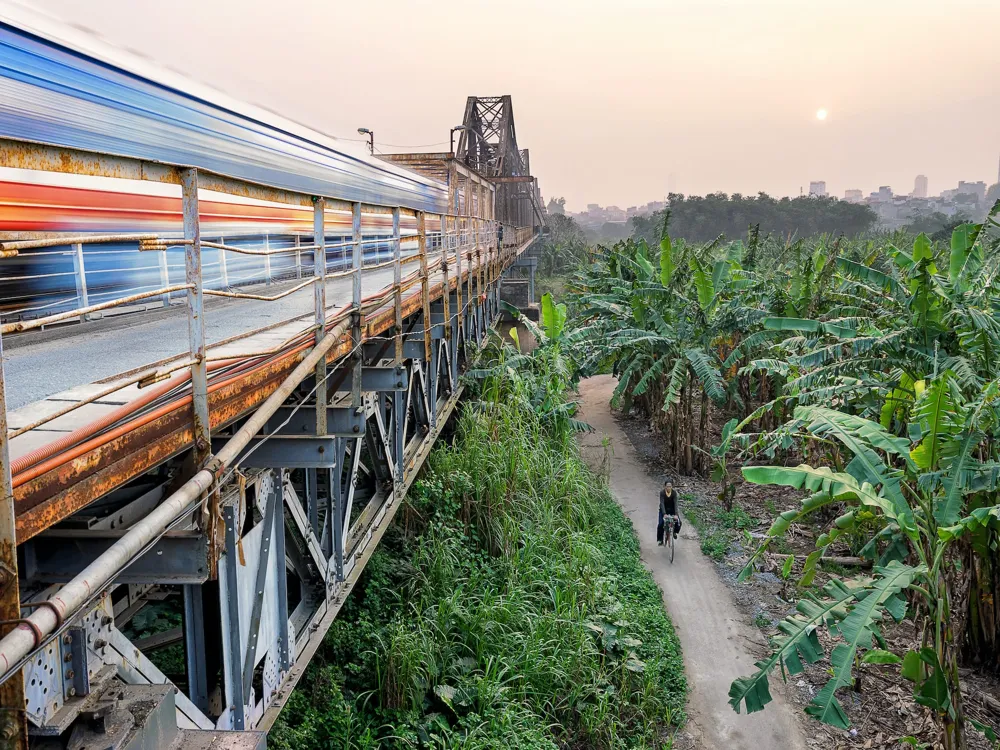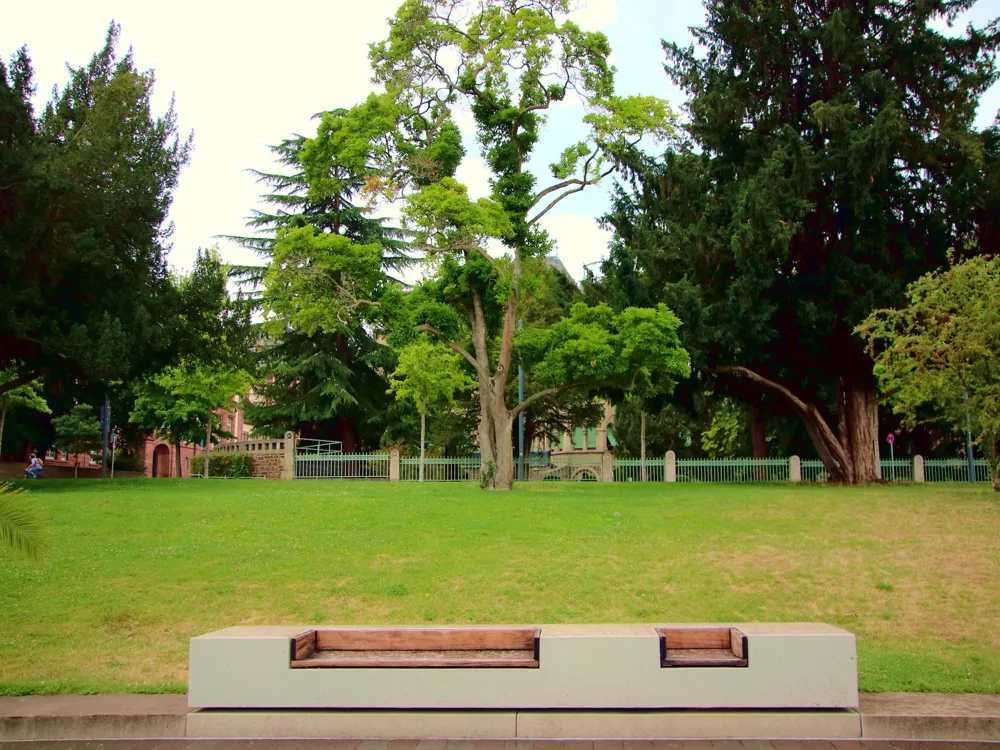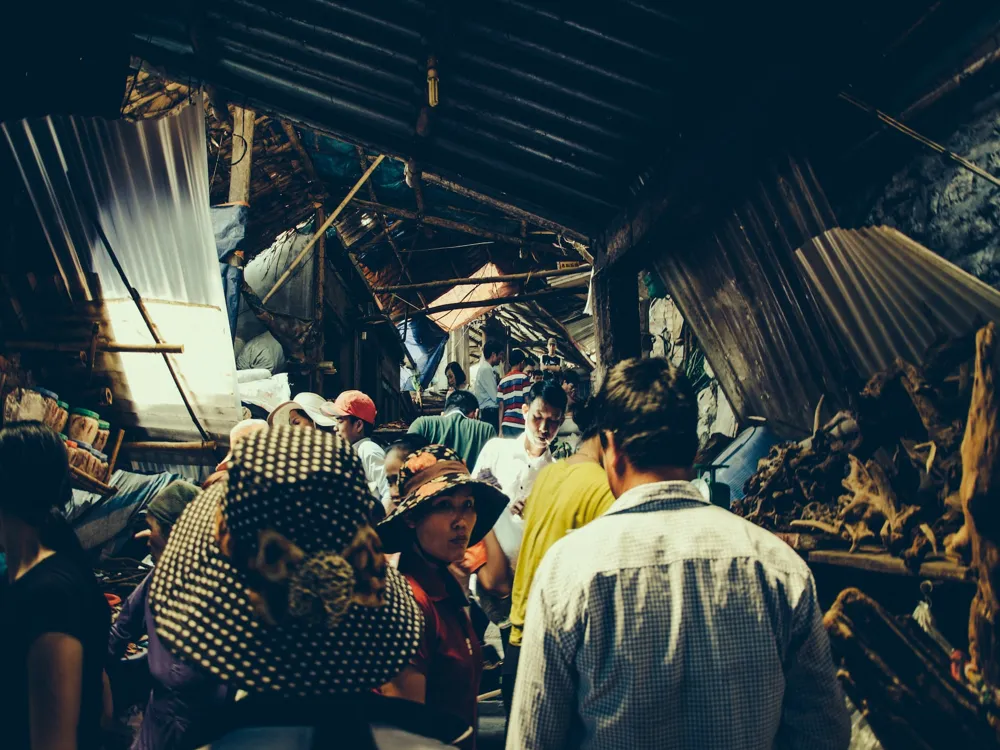Hanoi, the capital city of Vietnam, is a fascinating blend of East and West, combining traditional Sino-Vietnamese motifs with French flair. It's a city where the past coexists with the present; ancient temples sit alongside bustling modern streets. Hanoi's history dates back over a thousand years, during which it has been the political and cultural center of Vietnam. It's known for its vibrant street life, colonial architecture, and rich history. The city's heart is the chaotic Old Quarter, where narrow streets are roughly arranged by trade. Amidst this labyrinth, one finds centuries-old architecture and a thriving contemporary arts scene. Hanoi is also the gateway to Northern Vietnam, with easy access to the majestic Halong Bay and the serene highlands of Sapa.
The historical significance of Hanoi is profound. Once the heart of the ancient kingdom of Dai Viet, Hanoi has seen numerous dynasties rise and fall. The city's long history can be observed through its well-preserved temples, ancient pagodas, and unique museums, each telling a story of its past. The Temple of Literature, for instance, is a prime example of Vietnam's traditional architecture and a symbol of the city's rich academic heritage.
Hanoi's culture is a tapestry of influences – from Chinese and French colonial to Russian and American. This diverse cultural history is reflected in the city's art, architecture, cuisine, and customs. Traditional Vietnamese arts, such as water puppetry and classical music, thrive here, while the influence of French colonial rule is evident in its architecture and food. The city is a hub for cultural festivals and events that celebrate the rich heritage and diversity of Vietnam.
The art scene in Hanoi is a dynamic mix of old and new. Galleries showcase both traditional Vietnamese art and contemporary works. The city's culinary landscape is equally varied and enticing, with street food stalls offering local specialties like pho and banh mi, and upscale restaurants serving fusion cuisine.
The architecture of Hanoi is a vivid representation of the city's history and cultural influences. From ancient temples to French colonial buildings, the city's architecture is a fusion of styles that reflect its past. The Old Quarter, with its narrow streets and traditional shophouses, and the grand colonial buildings around Ba Dinh Square, are testaments to the city's architectural diversity.
Traditional Vietnamese architecture in Hanoi is best seen in its temples and pagodas, characterized by ornate carvings and elaborate roofs. The Temple of Literature, dedicated to Confucius, is a prime example of this style, with its five courtyards and serene ponds. These structures are not just architectural feats but are also deeply rooted in Vietnamese spirituality and philosophy.
The French colonial influence on Hanoi's architecture is undeniable. The French quarter of the city boasts wide, tree-lined boulevards and impressive colonial villas and government buildings, such as the Hanoi Opera House and the Presidential Palace. This blend of Vietnamese and French architectural styles gives Hanoi its unique aesthetic.
In recent years, Hanoi has seen a surge in modern architectural developments. New skyscrapers and commercial buildings have begun to dot the city's skyline, bringing a contemporary edge to its historic charm. These modern structures coexist with traditional buildings, symbolizing the city's rapid growth and its ambition to become a global metropolis.
The best time to visit Hanoi is during the spring (March to April) and autumn (September to November) months. During these times, the weather is pleasant, with moderate temperatures and lower humidity, making it ideal for exploring the city.
Understanding local etiquette and customs is crucial. Dress modestly when visiting temples and pagodas. It's also important to be respectful of local traditions and customs, such as removing shoes before entering someone's home or a place of worship.
Hanoi's traffic can be overwhelming, especially for first-time visitors. The best way to explore the city is on foot or by cyclo (a three-wheeled bicycle taxi). For longer distances, taxis are readily available. Always agree on a fare before starting your journey.
Hanoi is famous for its street food. Don't miss trying local specialties like pho, banh mi, and egg coffee. Street food tours are available for those who wish to explore the city's culinary delights with a local guide.
Hanoi is well-connected by air, rail, and road. The Noi Bai International Airport serves as the main gateway for international travelers. From the airport, you can take a taxi or a bus to reach the city center. For those traveling within Vietnam, trains and long-distance buses are convenient options. The city's central railway station, Hanoi Railway Station, offers services to various destinations across the country.
The Noi Bai International Airport, located about 35 km from the city center, is well-connected to major cities around the world. Taxis and shuttle buses provide convenient transportation to and from the airport.
The Hanoi Railway Station is a key hub for rail travel in Northern Vietnam, offering several routes including the famous Reunification Express which connects Hanoi with Ho Chi Minh City.
Hanoi is well-connected by road with the rest of Vietnam. Regular bus services operate between Hanoi and other major cities. The city's bus system is also an efficient way to travel around for those on a budget.
Overview of Hanoi
Historical Significance
Cultural Tapestry
Art and Cuisine
Architecture of Hanoi
Traditional Vietnamese Architecture
French Colonial Influence
Modern Developments
Tips When Visiting Hanoi
Best Time to Visit
Local Etiquette and Customs
Navigating the City
Local Cuisine
How To Reach Hanoi
By Air
By Train
By Road
Ho Chi Minh Mausoleum
Hanoi
₹ 15,260 onwards
View hanoi Packages
Weather :
Tags : Tombs & Mausoleums
Timings : 8:00 AM - 5:00 PM
Entry Fee : No entry fee
Planning a Trip? Ask Your Question
Hanoi Travel Packages
View All Packages For Hanoi
Top Hotel Collections for Hanoi

Private Pool

Luxury Hotels

5-Star Hotels

Pet Friendly
Top Hotels Near Hanoi
Other Top Ranking Places In Hanoi
View All Places To Visit In hanoi
View hanoi Packages
Weather :
Tags : Tombs & Mausoleums
Timings : 8:00 AM - 5:00 PM
Entry Fee : No entry fee
Planning a Trip? Ask Your Question
Hanoi Travel Packages
View All Packages For Hanoi
Top Hotel Collections for Hanoi

Private Pool

Luxury Hotels

5-Star Hotels

Pet Friendly






